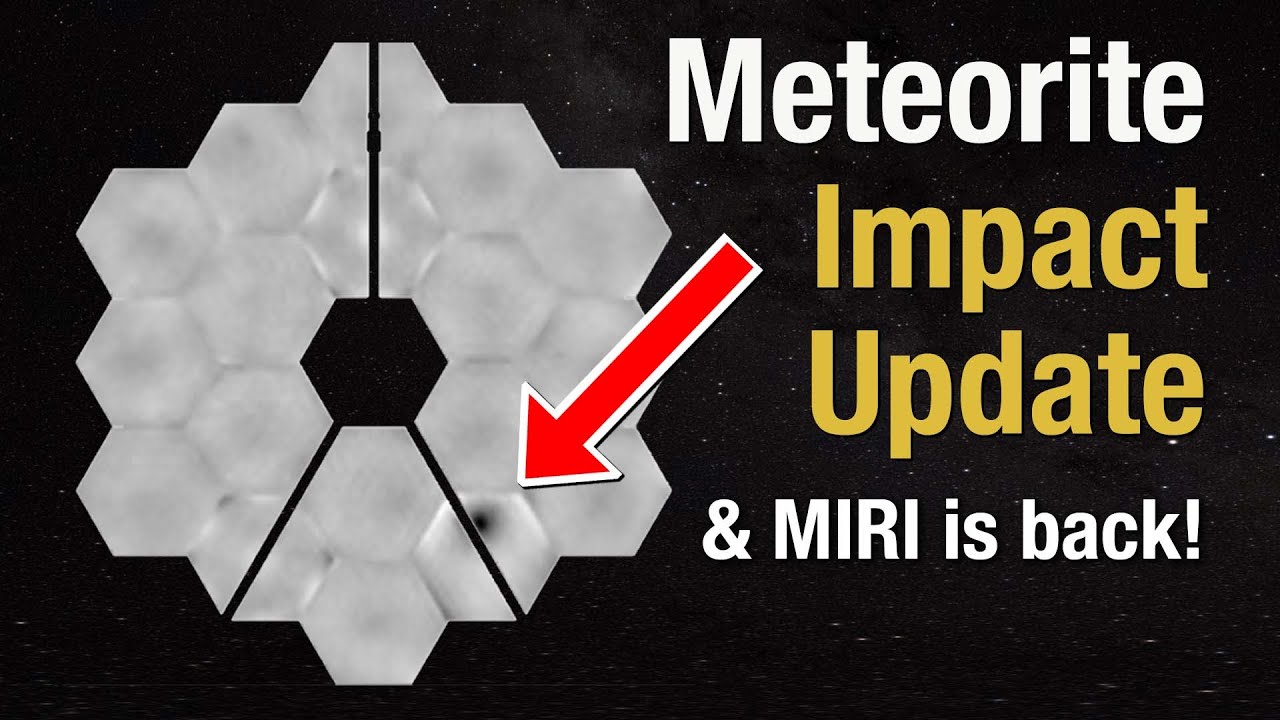On 2022-09-21 a post here reported “James Webb Space Telescope Mid-Infrared Instrument Suspends Spectroscopy Operations”. On 2022-08-24, setting up for an observation, a rotating diffraction grating assembly in the telescope’s spectrometer encountered increased friction and use of the instrument was suspended pending analysis, in the interest of avoiding potential damage to it.
On 2022-11-08, NASA reported “Webb Mid-Infrared Instrument Mode Returns to Functionality”:
The team concluded the issue is likely caused by increased contact forces between sub-components of the wheel central bearing assembly under certain conditions. Based on this, the team developed and vetted a plan for how to use the affected mechanism during science operations.
An engineering test was executed Wednesday, Nov. 2, that successfully demonstrated predictions for wheel friction. Webb will resume MIRI MRS science observations by Saturday, Nov. 12, starting with a unique opportunity to observe Saturn’s polar regions, just before they become unobservable by Webb for the next 20 years. The team will schedule additional MRS science observations, initially at a limited cadence, following a plan to keep the affected wheel in balance, monitor wheel health, and prepare MIRI MRS for a return to full science operations.
Independently, after experiencing a sooner-than expected large micrometeorite hit on the telescope’s main mirror and a total of 14 hits, all but the big one within pre-launch expectations, a new strategy was adopted to reduce degradation of the mirror, as reported on 2022-11-15 in “NASA Webb Micrometeoroid Mitigation Update”:
To ensure all parts of the observatory continue to perform at their best, NASA convened a working group of optics and micrometeoroid experts from NASA Goddard‘s Webb team, the telescope’s mirror manufacturer, the Space Telescope Science Institute, and the NASA Meteoroid Environment Office at NASA’s Marshall Space Flight Center in Huntsville, Alabama. After thorough analysis, the team concluded the higher-energy impact observed in May was a rare statistical event both in terms of energy, and in hitting a particularly sensitive location on Webb’s primary mirror. To minimize future impacts of this magnitude, the team has decided that future observations will be planned to face away from what is now known as the ‘micrometeoroid avoidance zone.’
“Micrometeoroids that strike the mirror head on (moving opposite the direction the telescope is moving) have twice the relative velocity and four times the kinetic energy, so avoiding this direction when feasible will help extend the exquisite optical performance for decades,” said Lee Feinberg, Webb optical telescope element manager at NASA Goddard. This does not mean that these areas of the sky cannot be observed, only that observations of those objects will be more safely made at a different time in the year when Webb is in a different location in its orbit. Observations that are time critical, such as solar system targets, will still be done in the micrometeoroid avoidance zone if required. This adjustment to how Webb observations are scheduled will have a long-term statistical benefit.
